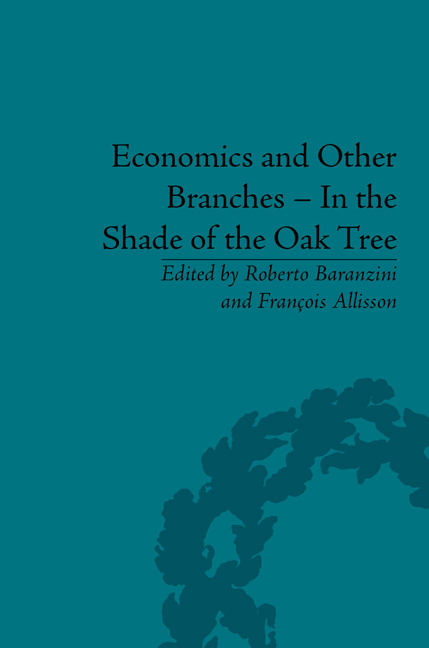Book contents
- Frontmatter
- CONTENTS
- List of Contributors
- List of Figures and Tables
- Introduction
- Pascal Bridel's Bibliography (up to 2013)
- Part I Léon Walras's Economic Thought
- Part II The Spreading of Thought
- Léon Walras's Reception
- 5 Walras in the Age of Marshall: An Analysis of English-Language Journals, 1890–1939
- 6 The English Translation of Léon Walras's Études D'économie Sociale
- The Lausanne School
- French Matters
- Cambridge UK
- Part III Monetary Theory
- Part IV Methodology
- Part V Economics and Humanities
- Economics and Social Sciences
- Some Insights from Visual Arts
- Part VI Economics and Civil Society
- Notes
- Index
5 - Walras in the Age of Marshall: An Analysis of English-Language Journals, 1890–1939
from Léon Walras's Reception
- Frontmatter
- CONTENTS
- List of Contributors
- List of Figures and Tables
- Introduction
- Pascal Bridel's Bibliography (up to 2013)
- Part I Léon Walras's Economic Thought
- Part II The Spreading of Thought
- Léon Walras's Reception
- 5 Walras in the Age of Marshall: An Analysis of English-Language Journals, 1890–1939
- 6 The English Translation of Léon Walras's Études D'économie Sociale
- The Lausanne School
- French Matters
- Cambridge UK
- Part III Monetary Theory
- Part IV Methodology
- Part V Economics and Humanities
- Economics and Social Sciences
- Some Insights from Visual Arts
- Part VI Economics and Civil Society
- Notes
- Index
Summary
Introduction
It is generally accepted that Léon Walras's greatest influence on American and British economics began only in the 1930s. While there is a significant element of truth to this, it begs the question of the degree to which Walras's work was known in the English-speaking world prior to the 1930s. Economists sometimes write as if there was a rediscovery of Walras in the 1930s, which raises the question of what American economists already knew about his work and how they had responded to it. Pascal Bridel has tackled this problem through analysing the reviews of Walras's books, and Walker has provided both a brief overview of these connections and a selection of the more recent literature illustrating Walras's influence. This essay extends this work through a systematic analysis of how his ideas were received in the main English-language journals.
The period chosen is 1890 to 1939, which coincides with what might be described, somewhat loosely, as the ‘Age of Marshall’ in English-speaking economics. This epoch began with the publication of his Principles of Economics (1890), the influence of which on British and American economics was unparalleled for more than two decades. By the 1930s, however, Marshall's work was being widely challenged and some looked to Walras in developing an alternative way forward.
- Type
- Chapter
- Information
- Economics and Other Branches – In the Shade of the Oak TreeEssays in Honour of Pascal Bridel, pp. 69 - 86Publisher: Pickering & ChattoFirst published in: 2014

